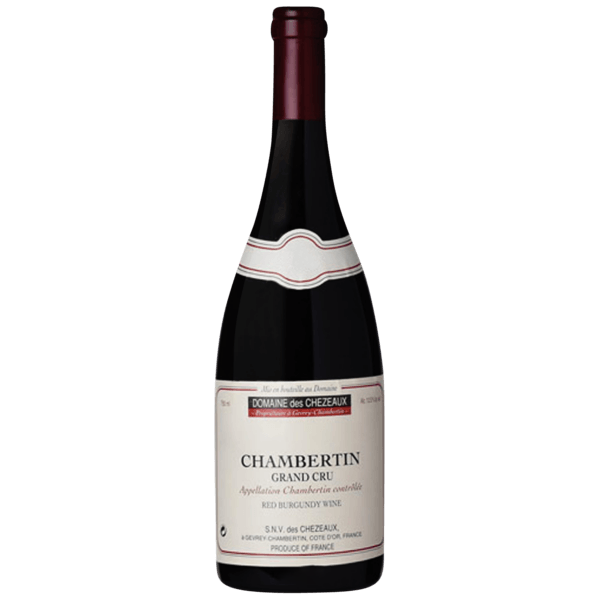2017 Domaine Des Chezeaux Griotte Chambertin
2017 Domaine Des Chezeaux Griotte Chambertin The character of this 2017 vintage wine is a rare. It has a ruby hue, sensuality, breeding and elegance; a confiture of cherry flavours, red fruits, licorice and spices – a mineral note too. It is a wine with round tannins that suit perfectly the natural low acidity of the climate. Soft in the mouth, it is opulent and glossy – a wine of silk and lace.
95 John Gilman: The Griotte from Laurent Ponsot is also very much in its customary style, offering up a ripe and sappy nose of black cherries, plums, chocolate, roasted meats, a fine base of soil, a touch of mustard seed and plenty of upper register smokiness. On the palate the wine is deep, full-bodied, powerful and opulent in personality, with a sappy core, fine-grained tannins and excellent length and grip on the long, tangy and beautifully balanced finish. A classic Laurent Ponsot Griotte in the making.
Pinot Noir
One of France’s most legendary grapes and the grape that earned Burgundy its reputation. The parent of varietals like Pinot Gris/Grigio and Pinot Blanc, Pinot Noir is blue to violet to indigo in color with relatively thin skins, and it is said to have been cultivated in France for more than 2,000 years. At its best, Pinot Noir creates elegant wines that are filled with primary red fruit aromas and flavors while young, revealing with an array of secondary characteristics like earth, smoke, violet, truffle and game with age. The varietal is also known, perhaps better than any, for its ability to translate terroir, or a sense of place. While the best Pinot Noir still comes from Burgundy, it is being produced with increasing success in cooler climates around the world. In France, it is part of the trifecta of grapes that can go into Champagne, and it is also grown in Alsace, Irancy, Jura, Savoie, Lorraine and Sancerre. Outside of France it is produced under the names Pinot Nero and Blauburgunder in Italy’s mountainous regions, as Spätburgunder in Germany and as Blauburgunder in Austria. In the US, Pinot Noir has found suitable growing conditions in the cooler parts of California, including Carneros, the Russian River Valley, the Anderson Valley, the Sonoma Coast, Monterey County, the Santa Lucia Highlands and Santa Barbara County, as well as in Oregon’s Willamette Valley.
Related products
Wines!
Save 46% 95pts Decanter 94pts Suckling 93pts Parker’s WA Drinks Like Silver Oak
Wines!
92pts Parker 93pts Vinous Save 40%
Wines!
SAVE 36% 98pts Andrew Jeffords Decanter
95 Jeb Dunnuck | 93 James Suckling | 95 Robert Parker's






